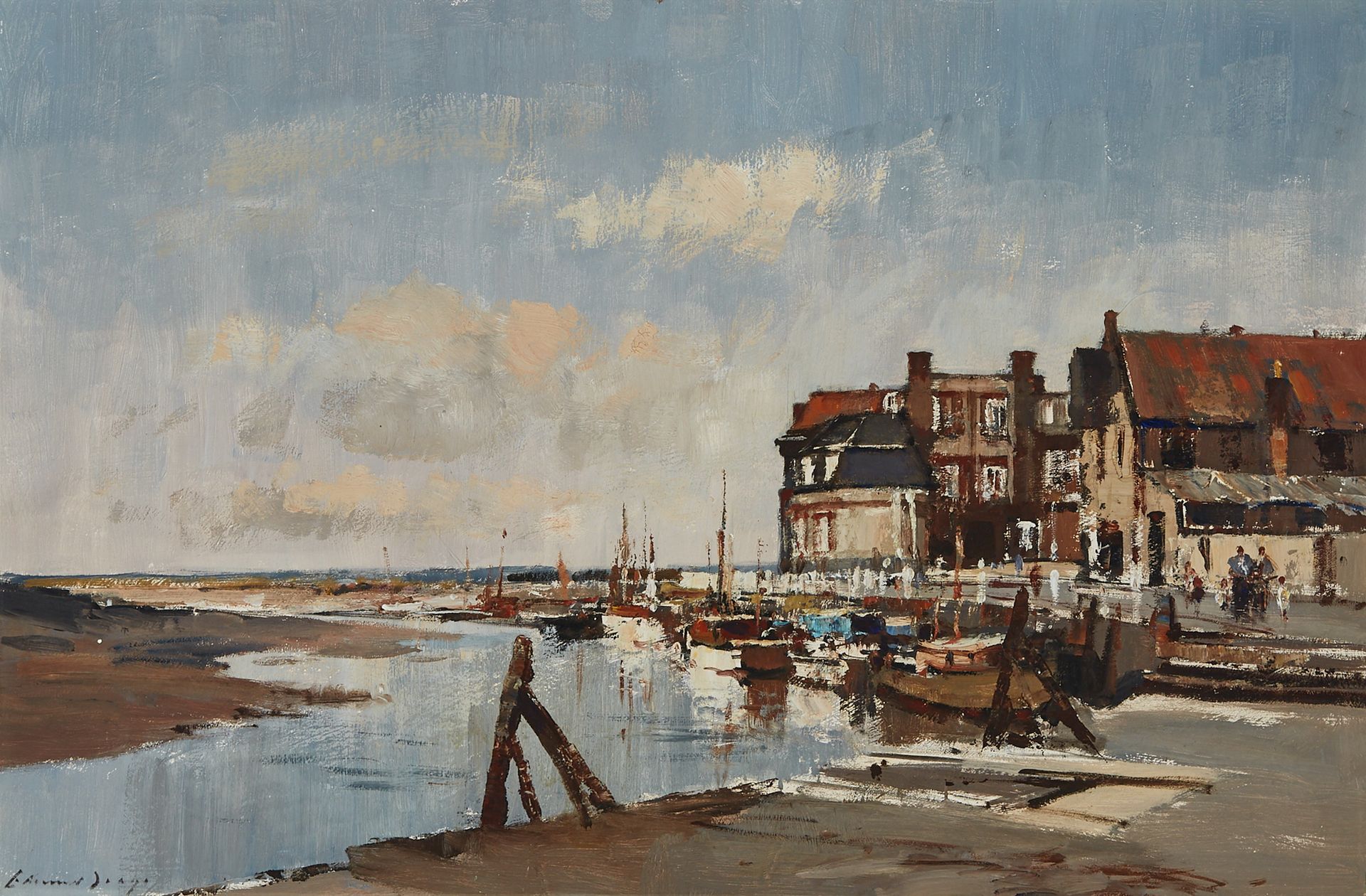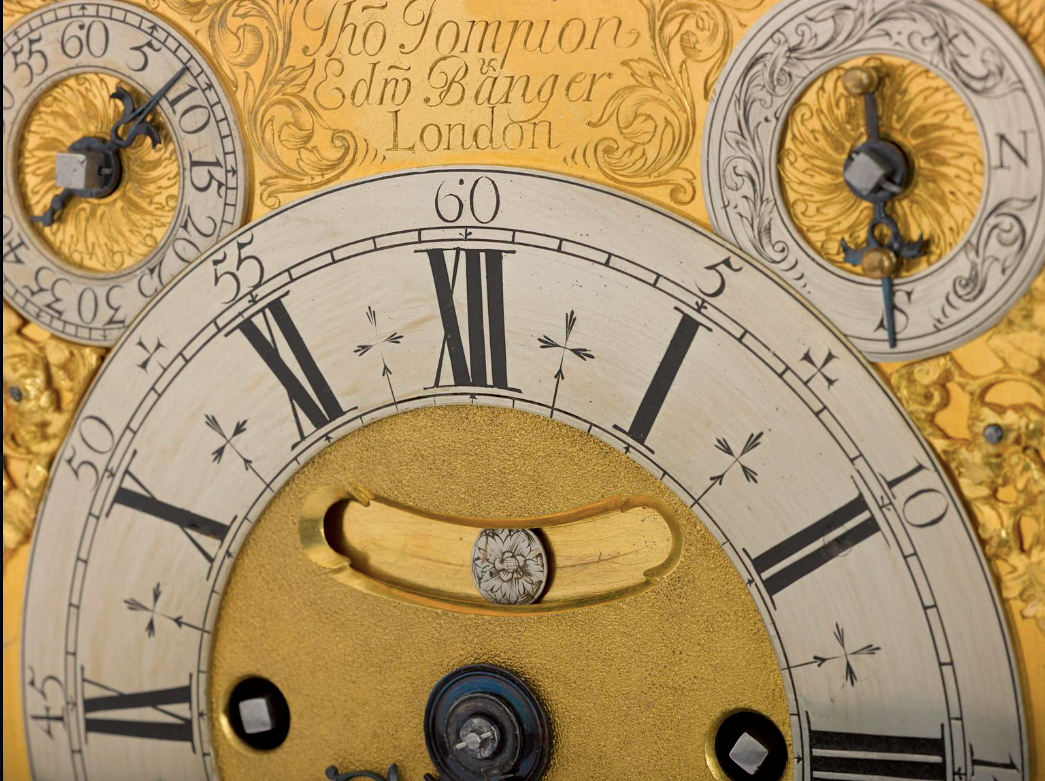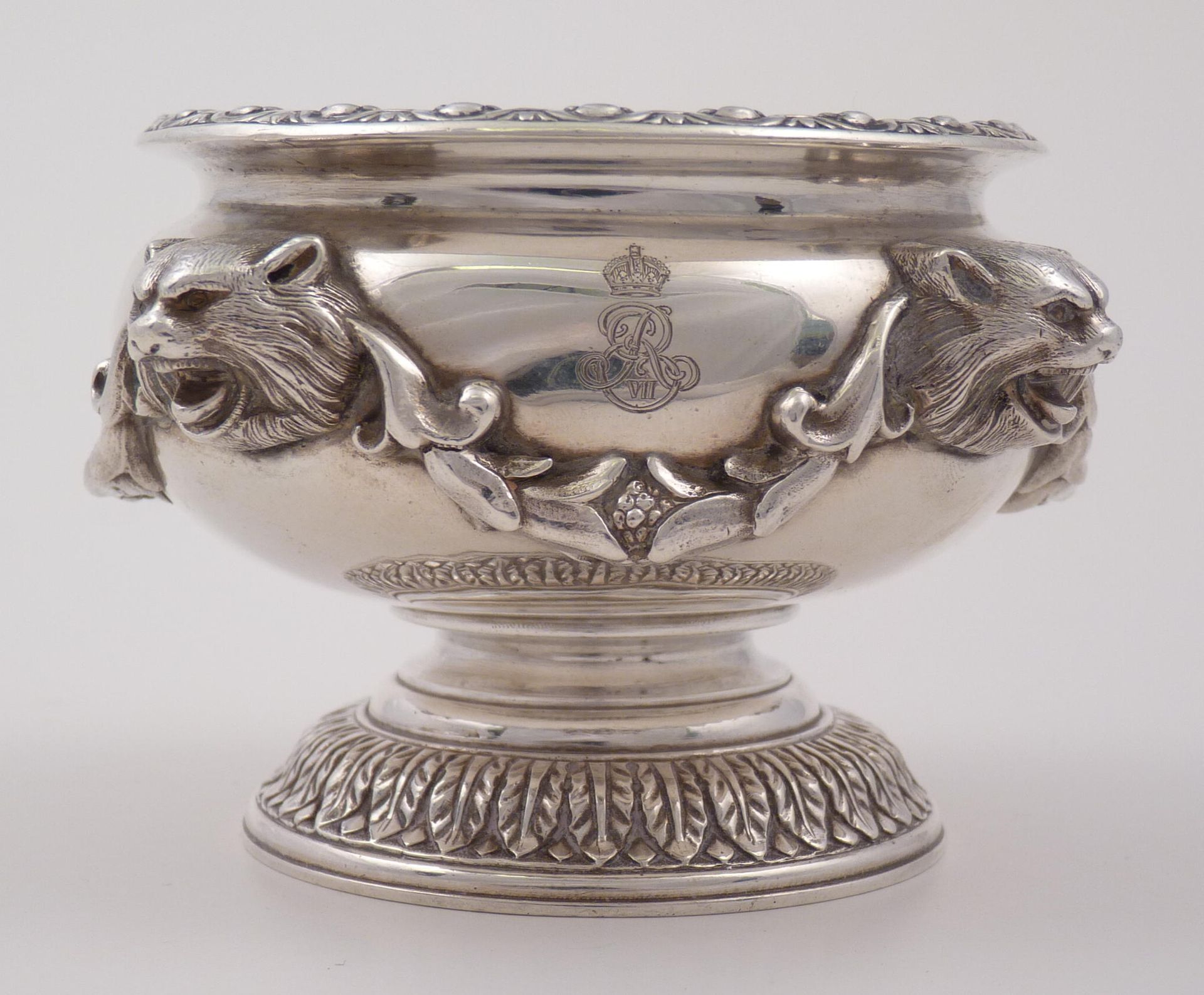Share post
Please enjoy this fascinating article on jet jewellery written by one of our Senior Jewellery Valuers here at Quastel Associates; Steven Jordan FGA DGA FIRV FJVA
Jet has been used in jewellery for at least fourteen thousand years. It was formed in the Jurassic period, about 180 million years ago, when trees, similar to our present-day monkey puzzle tree, perished and fell into swamps and rivers.
The waterlogged trunks and branches eventually sank and were compressed under further detritus. The resulting pressure and chemical change altered the wood to jet. Pieces formed in freshwater became soft jet, in saltwater hard jet.
It was jet’s ability to take a high polish that led to its use in jewellery. Hard jet that was found on the North Yorkshire coast led to the thriving jet industry in the Whitby area. Initially it was the Romans who exploited the resources of the region and by the third century AD they were producing all manner of jewellery and trinkets.
Throughout the Dark Ages and Medieval period jet was used for talismans and religious items such as rosaries, crosses and objects that would help ward off the evil eye. The industry continued during the Elizabethan period, dying down until about 1800. It was the introduction of the lathe and the growth of the railway in England that led to the industry being reborn out of the desire for cheap holiday souvenirs. The jet industry’s heyday was between 1809 and 1875 when hundreds of men, women and children were employed, reaching a figure in excess of fifteen hundred in 1872. Today barely a handful of skilled craftsmen continue working in Whitby.
Fashion:
As fashion moved away from the light materials of the Regency period and towards the heavier Victorian garments jewellery had to accommodate the trend. Jet was an ideal material for the production of large brooches due to its lightness.
The 1851 Great Exhibition brought attention from the continent, culminating in orders from such dignitaries as the Empress of France and the Queen of Bavaria.
It was the death of Prince Albert in 1861, which caused Queen Victoria to engage in a long period of mourning, that led to jet being the only form of jewellery that could be worn at court. Most commoners followed the practise in their own bereavements and many mourning brooches were produced.
The craftsmen:
Hard jet when skilfully carved was an expensive item. In the third quarter of the nineteenth century a skilled jet worker could earn up to œ4.00 a week, a considerable sum at the time. As it was always considered that a craftsman’s work could be recognised by the style of a piece very few were signed.
When you start to collect Whitby jet jewellery you’ll admire the craftmanship in the carving but will probably be amazed at the quantity of brooches with misspelt names. The majority of the workmen were illiterate. Sometimes they would run out of space and leave letters out. See the image for a good example. Bower in 1873 wrote, “I saw workmen, one of the best hands in a large shop in Whitby, able to cut the most elaborate monograms, the most accurate portraits, the most elaborate foliage, but quite unable to sign his name”.
Notable Victorian jet workers were the Speedy family, George Tyson, John Wray, James Ainsley, William Stonehouse, Matthew Snowdon and the workshops of Charles Bryan and that of E H Greenbury.
One mark that was used was that of a ‘Star of David’ being a quality mark on findings, i.e. jewellery fittings such as brooch pin plates.
Jet and its imitations:
Jet is a fairly light material, (specific gravity approximately 1.3), has a conchoidal fracture (shell-like) and burns with the smell of burning coal. It is hand carved, its imitations are generally moulded, shows a woody structure under magnification and leaves a brown streak on ‘crocus’ paper or unglazed porcelain plate.
Vulcanite, an early form of hardened rubber, is also fairly light, (specific gravity approximately 1.15-1.20), fades to a khaki colour in daylight, also produces a brown streak but gives off a smell of burning rubber when touched by a hot needle. As items were mass-produced they show moulding lines, rounded edges and repeated design elements such as graduated beaded edges. A useful tip when looking at a locket is to check behind the photograph area. A jet locket is left rough inside, a vulcanite one has a smooth interior.
Bakelite, although not invented until 1909, can be deceptive. However, it gives a black streak and will emit a smell of carbolic acid when applied with a hot needle. Another clue is that many of its fittings are stamped ‘patent’.
French jet is a manufactured glass, as is an English version known as Vauxhall glass. Cold to touch and heavier than true jet, (s g approximately 2.20), it cannot be scratched with a pin nor will a hot needle have any affect. It should be noted that a very small amount of true French jet has been produced.
Irish Bog Oak was never meant to imitate but can be confused with jet. It has a distinct visible wood structure, is dark brown in colour and is generally carved in Irish themes such as harps, shamrocks and castles.
Cannel Coal is carved into ornaments rather than jewellery and gives a black streak. There are other materials, such as onyx and obsidian, that could be mistaken for jet but their heaviness and cold touch make them easily differentiated from the warmer, lighter jet."
To find out more about an expert jewellery valuation with Quastel Associates, please call us on 0207 253 1710 or click here.











